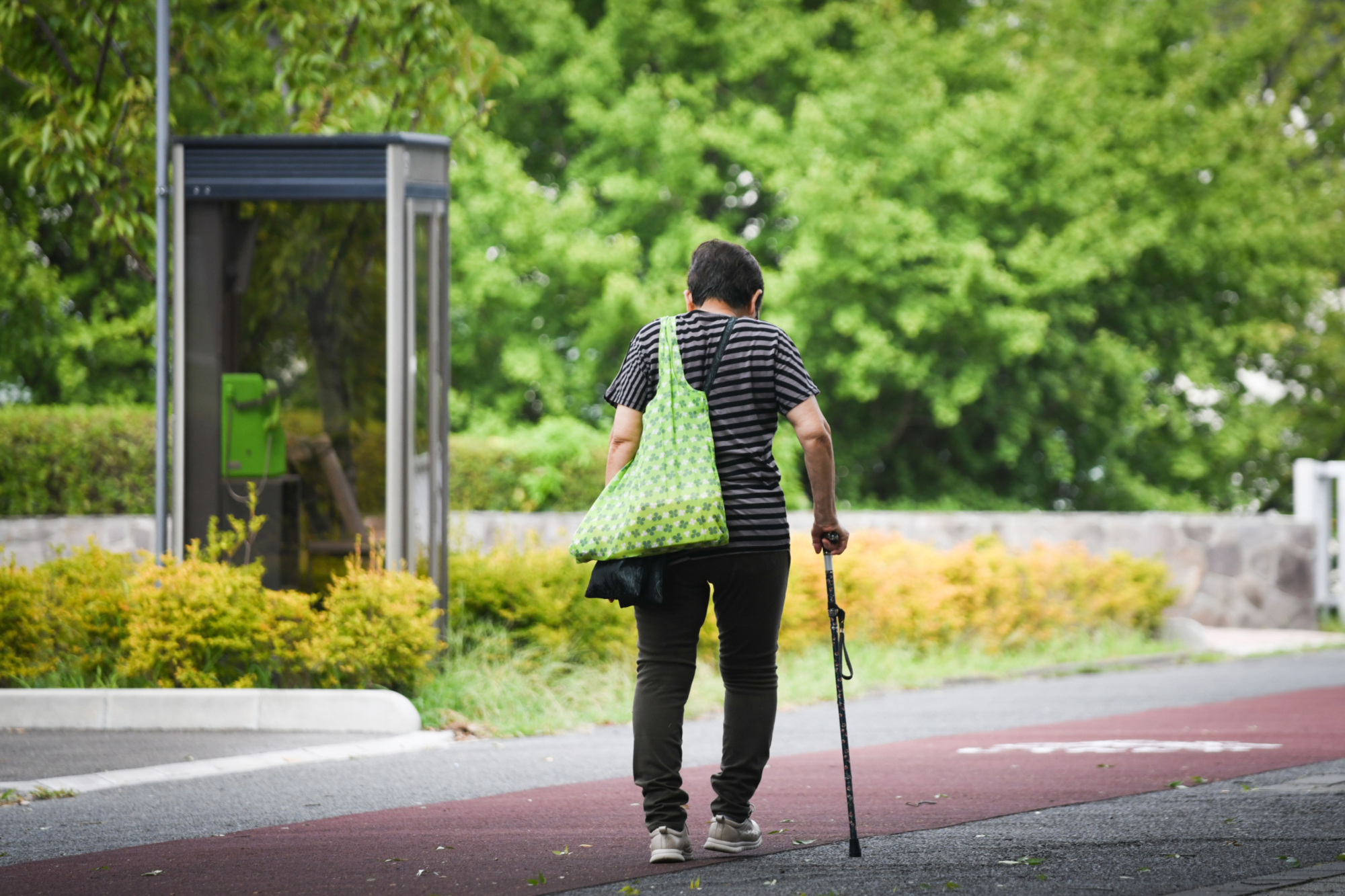The government is required by law to examine the long-term financial health of Japan's public pension system every five years. In the latest review released last August, it was confirmed that in most of the scenarios considered, the income substitution rate — the ratio of pension payouts to the after-tax income of the working generation — will be maintained at 50 percent or more. This means that retirees will receive pension benefits equivalent to at least half the average after-tax income of the working population.
What was interesting was that, as in the previous review, trial calculations were given on the assumption that several optional measures were taken so as to present policy choices to improve the income substitution rate without raising the pension premiums. The options consisted of expanding the scope of the coverage of the employee pension program, and a combination of having people pay premiums for a longer period (from the current 40 years to 45) and enabling people to start receiving pension benefits later in life (from age 70 at the latest now to age 75).
Japan's public pension system has two components: the National Pension system (kokumin nenkin), which is designed mainly for self-employed people, whose monthly benefit comes to roughly ¥60,000, and kosei nenkin (employees' pension), whose monthly benefits are around ¥200,000.



















With your current subscription plan you can comment on stories. However, before writing your first comment, please create a display name in the Profile section of your subscriber account page.